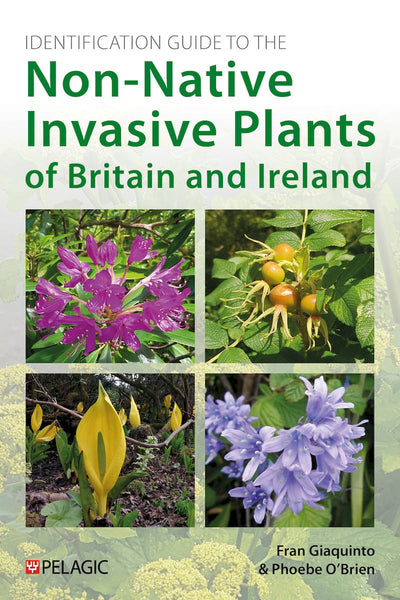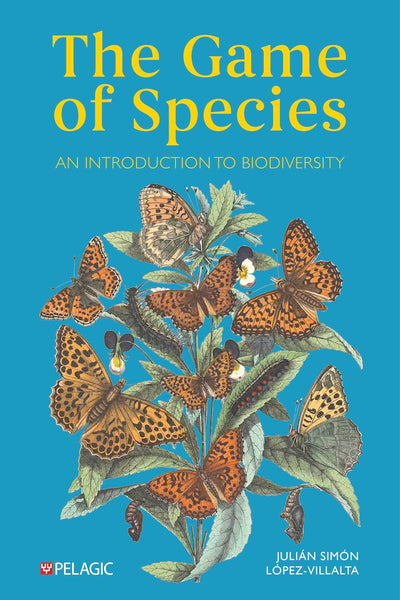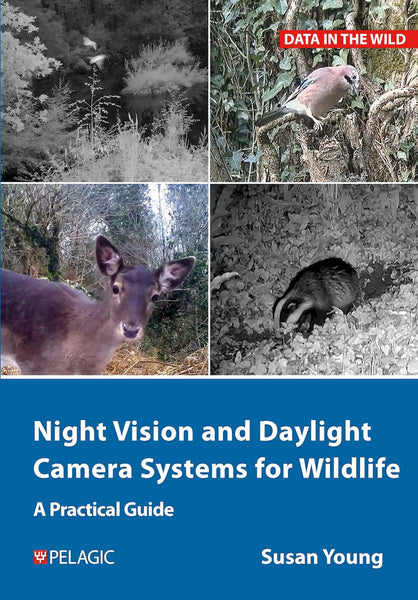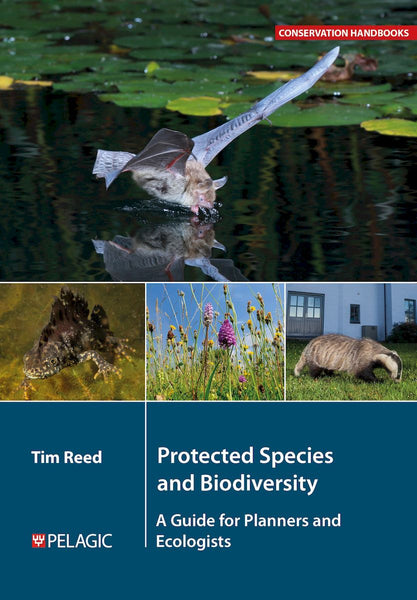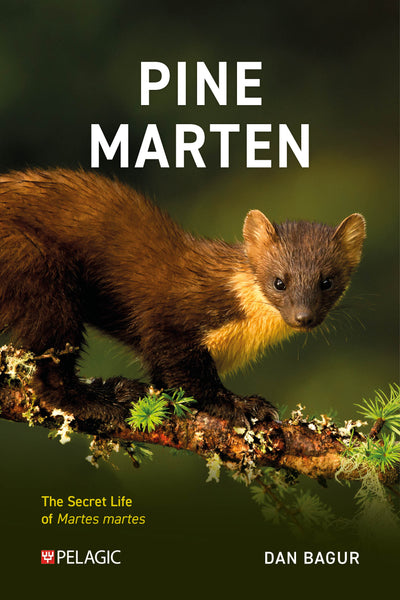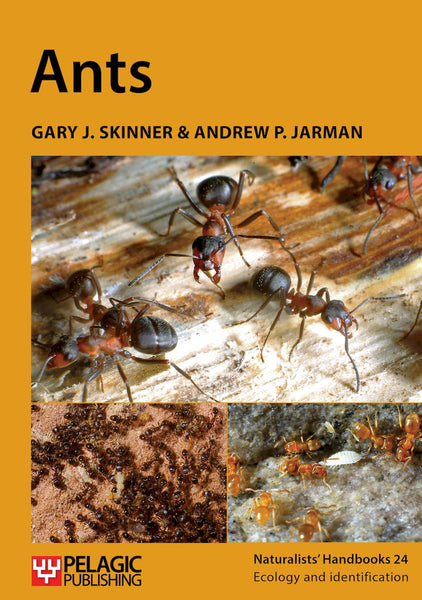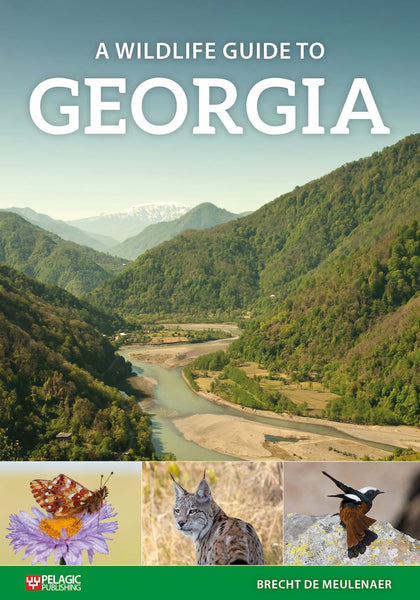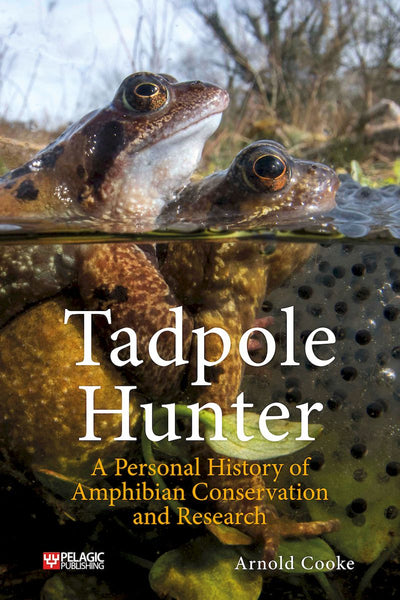Jake Robinson talks to us about Treewilding and his passion for the natural world.
What inspired you to write Treewilding?
My inspiration to write Treewilding stems from a life-long passion for the natural world and a deep concern for the environmental challenges we face today. Spending countless hours immersed in forests and climbing trees as a child inspired me to become an ecologist and I’ve always been captivated by the beauty and complexity of forests. This sense of awe coupled with the growing urgency to protect and restore our ecosystems inspired me to share the life experiences, stories and science in the book.
The book places focus on some lesser explored topics within the restoration conversation. Was it difficult deciding what to include and what to leave out?
It wasn’t too difficult to decide what to include. I’ve always been drawn to the underappreciated aspects of life. Shining a light on some of these elements of forests was important to me. For instance, forests are as invisible as they are visible, heaving with diverse microorganisms, each tree a bustling metropolis of life that we cannot see. I strongly believe we should consider this unseen realm when thinking about restoring forests or any ecosystem. I often use the phrase “everything we can see in nature intimately depends on everything we can’t see” (see my other book Invisible Friends for more on the beneficial roles of microbes!).
Trees also have senses and a form of memory via epigenetic means—they may even pass information on to their progeny about stressful environmental events. So, the way we view trees needs to change. I also wanted to highlight Indigenous perspectives as they’re so often ignored, but they embody a deep wisdom that we can all learn from. There’s a healthy mix of controversy (such as the hotly debated ‘Wood Wide Web’ concept) and hope in the book, too!

A forest is as much invisible as it is visible
What was the biggest challenge you faced whilst writing the book?
This might sound a little silly, but the most challenging part was probably deciding on the name of the book! We went through several names, asking friends and family to vote and it took ages to finally settle on one. With Treewilding I really like the one-word that embodies aspects of trees and restoration (or rewilding) while being quite contemporary and playful.
What was the most surprising thing you learned during your research?
Probably how our soil ecoacoustics research was captured by the media. We ran some experiments in forests to see if we could listen to the sounds of soil using specialised microphones and other audio equipment. It transpired that we could determine how damaged or healthy a forest was by the sounds the soil critters (like worms, beetles and ants) make. People from different corners of the planet reached out to ask for the soil recordings. A famous composer in Norway even used our soil sounds in their avant-garde orchestra. It all got kinda strange, but in a good way!

What do you hope readers will take away from the book?
In Treewilding, I hope readers come away with four key insights. First, I aim to boost or rekindle their understanding of the diverse value that trees and forests bring to both humanity and the wider natural world. Second, I aim to offer practical knowledge on how we can restore forests and rebuild our weakening connection with nature. Third, I hope readers develop a deeper appreciation for the beauty and complexity of trees and forests, including the unseen and underappreciated realms. Finally, I aspire for Treewilding to inspire readers to act in protecting our precious ecosystems. Quite ambitious take-aways, but if the book can inspire readers, even just a little, I’ll be over the moon!
Are you optimistic about the future of the world’s trees and forests?
I’m cautiously optimistic about the future of the world’s trees and forests. While there are considerable challenges such as deforestation, climate change and biodiversity loss, there are also many promising signs of progress. Around the globe, innovative reforestation projects, community-led conservation efforts, and increased awareness of the importance of trees are making a positive impact. NGOs and individuals are coming together to protect and restore forests, which gives me hope. However, it’s crucial that we continue to prioritise these efforts, lobby our governments, fight against greenwashing and work collectively to ensure a thriving future for forests!
Learn more about Treewilding here.
















